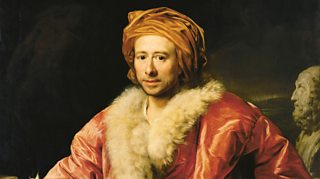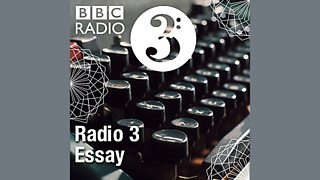Non-Combatants and Others
Author and broadcaster Sara LeFanu reflects on Rose Macaulay's 1916 novel Non-Combatants and Others, considering how it sheds light on Macaulay's own changing attitude to the war.
How great artists and thinkers responded to the Frst World War in individual works of art
2.Sarah LeFanu reflects on Rose Macaulay's 1916 novel, Non-Combatants and Others
Rose Macaulay is perhaps best remembered for her final novel, The Towers of Trebizond, but her biographer, Sarah LeFanu, has long believed that one of her earlier novels, Non-Combatants and Others, is a work of striking originality. She also argues for its importance to our understanding of the impact of the First World War not only on soldiers at the front but on the entire nation.
The books which have become the foundational texts of our perception and understanding of the war are all by men who had served as soldiers - Edmund Blunden, Siegfried Sassoon, Robert Graves - but all were written more than a decade later, when their authors had had time to shape and mediate their experiences through a process of post-war reflections.
The immediacy of Non-Combatants and Others - written and set in 1915 - is another reason for its claim to be regarded as a key text of the war.
Sarah LeFanu brings the novel alive by interweaving a re-telling of its story with her reflections on how it sheds light on Macaulay's own changing attitude to the war, and her later commitment to the League of Nations Union and the Peace Pledge Union.
Producer : Beaty Rubens.
Last on
More episodes
Broadcast
- Tue 24 Jun 2014 22:45大象传媒 Radio 3
Death in Trieste
Watch: My Deaf World
The Book that Changed Me
Five figures from the arts and science introduce books that changed their lives and work.
Podcast
-
![]()
The Essay
Essays from leading writers on arts, history, philosophy, science, religion and beyond.





